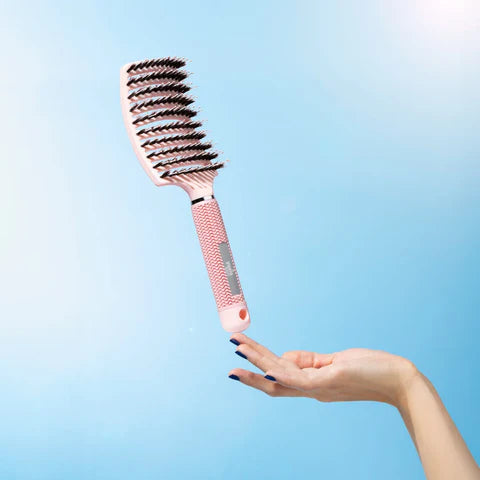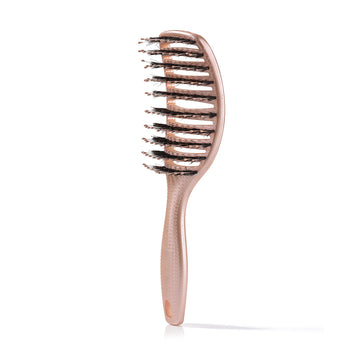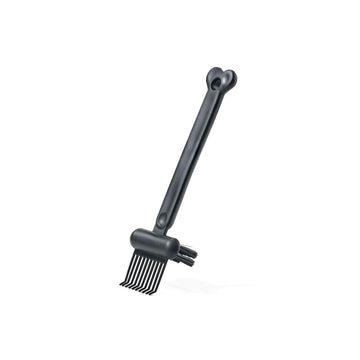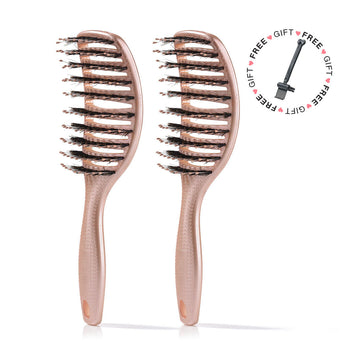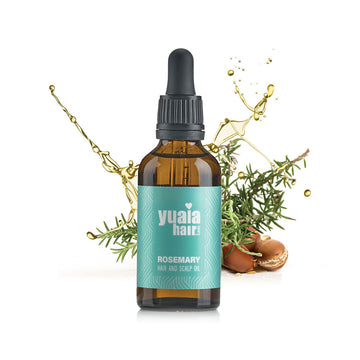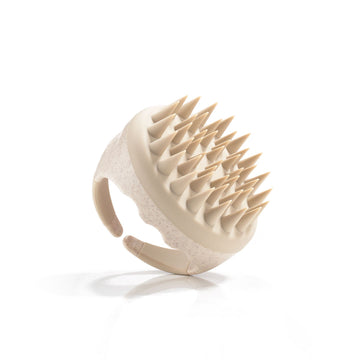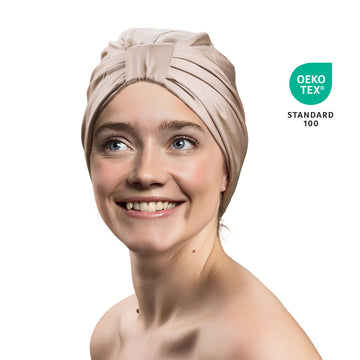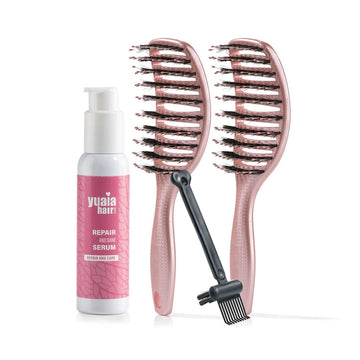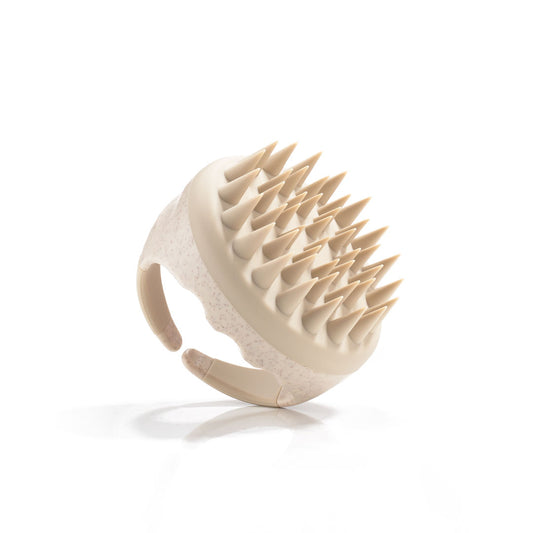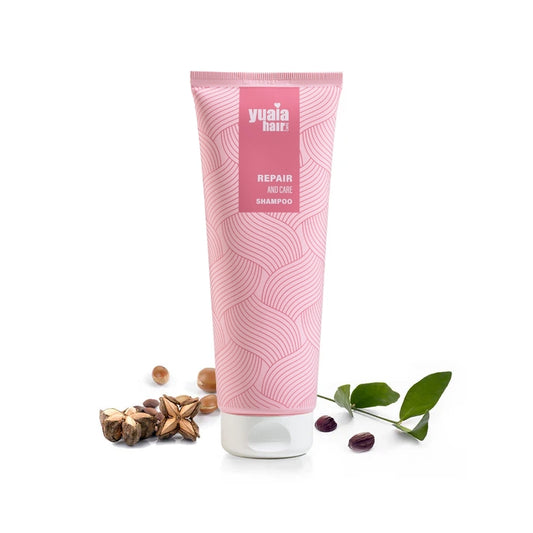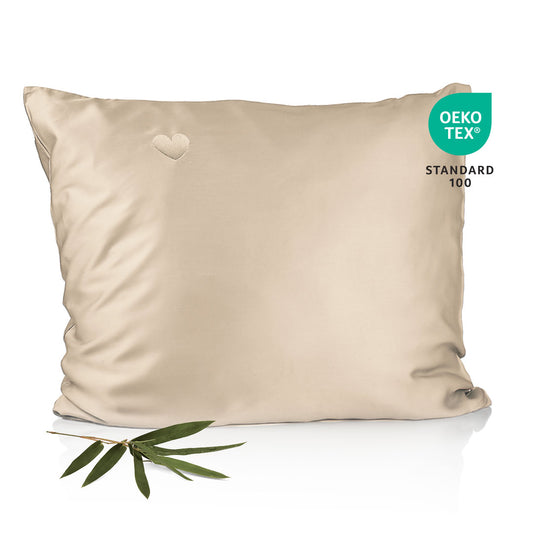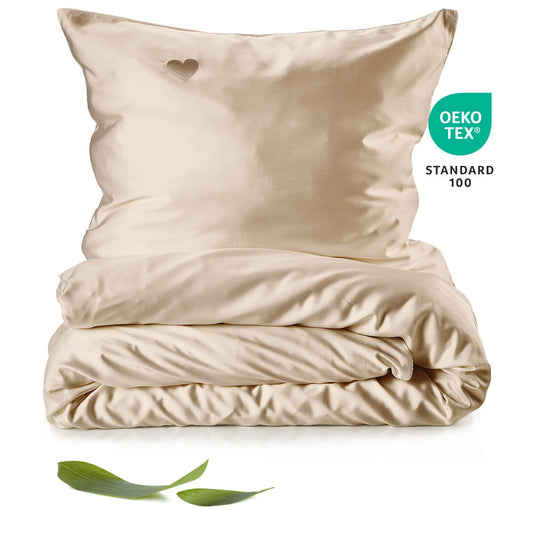
How often should you trim your hair?
How often you should trim your hair depends on your hair’s texture, overall health, and how it behaves between appointments. Regular trims help keep hair strong, manageable, and free from split ends that can travel up the shaft and cause more noticeable damage over time.
Fine or straight hair
Fine or straight hair should be trimmed every six to eight weeks to maintain shine and shape. This hair type is delicate and prone to split ends, so regular trims help prevent damage and keep the hair looking healthy and full.
Wavy or curly hair
Wavy or curly hair can usually go 10–12 weeks between trims, as its texture hides uneven ends. Regular maintenance remains important to prevent dryness, tangles, and breakage. Keeping curls hydrated and trimmed helps maintain shape, reduce frizz, and preserve bounce for healthier, more defined strands over time.
Coily or tightly textured hair
Coily or tightly textured hair is the most delicate type and often grows slowly. Regular trims every 12-16 weeks help maintain healthy growth. Choose light “dusting” trims to remove dry or knotted ends while protecting length, keeping curls defined and preventing breakage over time.
When to trim
No matter your hair type, pay attention to how it looks and feels. If it starts to feel dry, frizzy, or loses its natural shape, it’s time for a trim to refresh and maintain healthy growth.
What actually helps hair grow faster
Many factors influence how fast hair grows – from genetics and hormonal balance to diet and scalp health. By understanding what truly supports hair growth, you can create better conditions for stronger, fuller hair over time.
A healthy scalp
A healthy scalp is the foundation for strong, shiny, and resilient hair. When the scalp is in good condition, hair follicles have the best environment to produce healthy strands. Regular scalp massages stimulates blood circulation and helps deliver oxygen and nutrients to the roots, promoting new growth. Keeping the scalp clean and balanced is also important — buildup of oil, dead skin cells, or product residue can clog follicles and slow growth. By caring for your scalp consistently, you create the right conditions for stronger, healthier-looking hair over time.
Moisture and care
Moisture is essential for healthy hair both inside and out. Staying hydrated and using moisturizing products like leave-in conditioner or lightweight oils help reduce dryness, breakage, and split ends, resulting in stronger, shinier hair over time.
Gentle handling
Avoid frequent use of heat tools and tight hairstyles. Sleep on a bamboo pillowcase to minimize friction. With patience and consistent care, hair gradually becomes longer and healthier.
Frequently asked questions about cutting your hair
Does trimming make hair thicker?
Trimming doesn’t make hair physically thicker. It simply removes split ends and thinning tips, which can make hair appear fuller and healthier. Regular trims help maintain a neat, even look by preventing further breakage and keeping the overall shape of the haircut looking fresh and more voluminous.
Can trimming too often slow down growth?
Not really, but cutting too much too frequently can stop you from retaining length.
Can I trim my hair at home?
Yes, with hair-cutting scissors and good lighting - but be cautious and go slow.
The bottom line on hair growth and trimming
Trimming your hair won’t make it grow faster, but it will make it stay longer, healthier, and stronger. Think of it as maintenance for your progress: Healthy ends mean less breakage and more visible growth. Combine regular trims with scalp care, good nutrition, and gentle habits, and you’ll see the difference — not in the speed of growth, but in the quality of your hair over time.
 Dostawa 2-5 dni
Dostawa 2-5 dni
 Ponad 100 000 zadowolonych klientów
Ponad 100 000 zadowolonych klientów
 Gwarancja satysfakcji
Gwarancja satysfakcji





